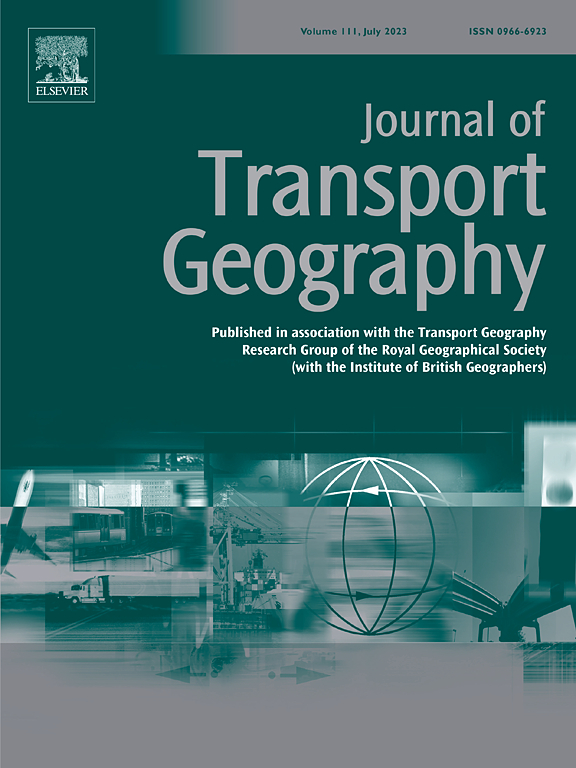Does affordable housing provide a better life for vulnerable groups? Measuring social equity through public transit accessibility
IF 6.3
2区 工程技术
Q1 ECONOMICS
引用次数: 0
Abstract
Affordable housing is a vital measure to alleviate housing pressure for low-income urban populations. However, the lack of comprehensive research on its residents' access to opportunities and services hinders our understanding of actual effectiveness and rationality. In this paper, we establish a equity evaluation system based on Shenzhen's public transit route and station data, operation data, point of interest data, and resident travel survey data. We use improved Shortest Path Faster Algorithm (SPFA) and spatial analysis to build a public transit network that considers transfers. We use an opportunity accumulation model that considers distance decay to calculate the ease with which residents in different locations can access public service facilities, and analyze the distribution balance of social resources. We also analyze whether the actual living needs of different groups are met based on housing type differentiation. Our findings reveal a “high-high clusters” and “low-low clusters” in the spatial distribution of healthcare and education facilities, showing resource scarcity and over-concentration respectively. Affordable housing, despite its potential to address a portion of the housing issues, struggles to provide a convenient living environment due to suboptimal location, making urban villages may be a better choice for low-income groups. The needs of affordable housing residents in the suburbs should be given special attention. Our universally applicable research framework guides improved public resource allocation. It aids in optimizing site selection for affordable housing, enhancing public facilities, and expanding public transit routes, thus addressing vulnerable groups' needs.
经济适用房是否为弱势群体提供了更好的生活?通过公共交通可达性衡量社会公平
经济适用房是缓解城市低收入人群住房压力的重要措施。然而,缺乏对其居民获得机会和服务的全面研究,阻碍了我们对其实际有效性和合理性的认识。本文基于深圳市公共交通线路及站点数据、运营数据、兴趣点数据和居民出行调查数据,构建了一套公平评价体系。我们使用改进的最短路径快速算法(SPFA)和空间分析来构建考虑换乘的公共交通网络。我们采用考虑距离衰减的机会积累模型,计算不同地点居民获取公共服务设施的便利程度,分析社会资源的分布平衡。并根据住房类型的区分,分析不同群体的实际居住需求是否得到满足。研究结果表明,我国医疗卫生设施和教育设施空间分布呈现“高-高集聚”和“低-低集聚”特征,分别表现为资源稀缺和过度集中。尽管经济适用房有可能解决部分住房问题,但由于位置不佳,难以提供便利的生活环境,因此城中村可能是低收入群体的更好选择。郊区经济适用房居民的需求应得到特别关注。我们普遍适用的研究框架指导改善公共资源配置。它有助于优化经济适用房的选址,改善公共设施,扩大公共交通路线,从而解决弱势群体的需求。
本文章由计算机程序翻译,如有差异,请以英文原文为准。
求助全文
约1分钟内获得全文
求助全文
来源期刊

Journal of Transport Geography
Multiple-
CiteScore
11.50
自引率
11.50%
发文量
197
期刊介绍:
A major resurgence has occurred in transport geography in the wake of political and policy changes, huge transport infrastructure projects and responses to urban traffic congestion. The Journal of Transport Geography provides a central focus for developments in this rapidly expanding sub-discipline.
 求助内容:
求助内容: 应助结果提醒方式:
应助结果提醒方式:


